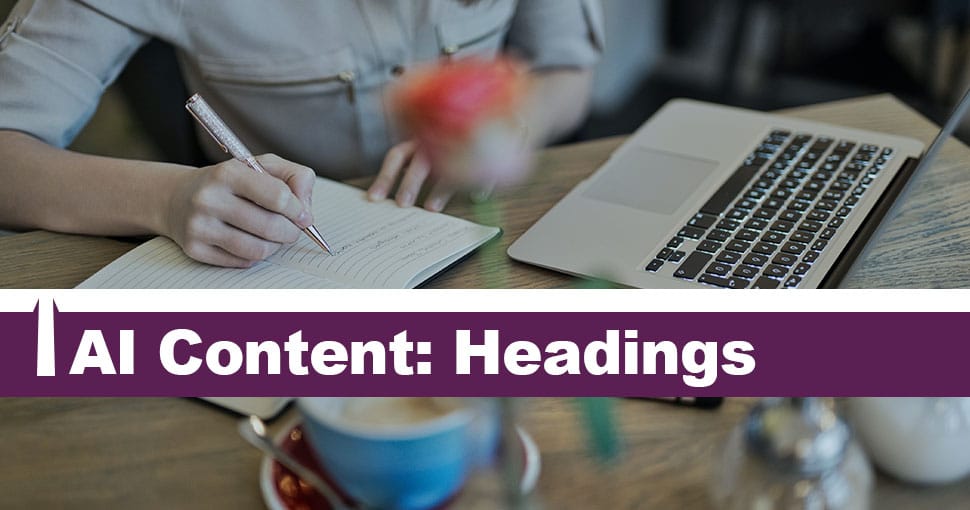Using AI to generate headings and meta descriptions is a powerful way to optimize your content for SEO. Using AI-powered tools, you can quickly and easily create compelling headings and meta descriptions that grab the attention of readers and search engines’ attention.
These tools use advanced algorithms to analyze your content and generate headings and meta descriptions that are both SEO-friendly and engaging. Using AI to generate headings and meta descriptions can save time and effort, allowing you to focus on other essential aspects of creating high-quality content. So if you want to take your content to the next level and improve your SEO, consider using AI to generate your headings and meta descriptions.
Importance Of Headings & Meta Descriptions
Using headings and meta descriptions in content is crucial for SEO (Search Engine Optimization) and for making your content more accessible and user-friendly. Headings, also known as H1, H2, H3, etc., help to organize the content, making it easy for readers to scan and find the information they’re looking for. They also help search engines understand the structure and hierarchy of the content, making it easier for them to index and rank it.
Meta descriptions, on the other hand, provide a summary of the content and appear under the page’s title in search engine results. They help to entice users to click on the link to your website by providing a clear, concise, and compelling description of what they will find on your page. In summary, headings and meta descriptions are essential elements of content that help to improve its discoverability, readability, and accessibility; they help users and search engines to understand the main ideas and purpose of the content.
Generate Headings & Descriptions With AI
Generating headings and meta descriptions with AI content writers can be done through a few different methods, depending on the type of model and the specific use case.
- Pre-trained models: Some pre-trained models, such as GPT-3, can generate headings and meta descriptions as part of the overall content generation process. These models can be fine-tuned to generate headings and meta descriptions optimized for SEO and user engagement.
- Specialized models: Specialized models are also designed to generate headings and meta descriptions. These models can be trained on a dataset of existing headings and meta descriptions and fine-tuned for specific use cases.
- Data-driven approach: You can also use a data-driven approach to generate headings and meta descriptions. This would involve analyzing a dataset of existing headings and meta-descriptions to identify patterns and trends and then using this information to generate new headings and meta-descriptions.
- Human touch: Even with the best AI content writers, it’s essential to have a human touch to the generated headings and meta descriptions to ensure they are engaging, accurate, and relevant. This may involve editing the text, adding context, and ensuring that the text is consistent with the overall content strategy.
It is important to note that AI content writers can quickly generate headings and meta descriptions but may lack creativity. Human writers still need to infuse creativity and bring new ideas. Also, it is crucial to test and iterate the generated headings and meta descriptions to get the best results.
Continue learning in Module 5: How To Generate Long-Form IA Text.

